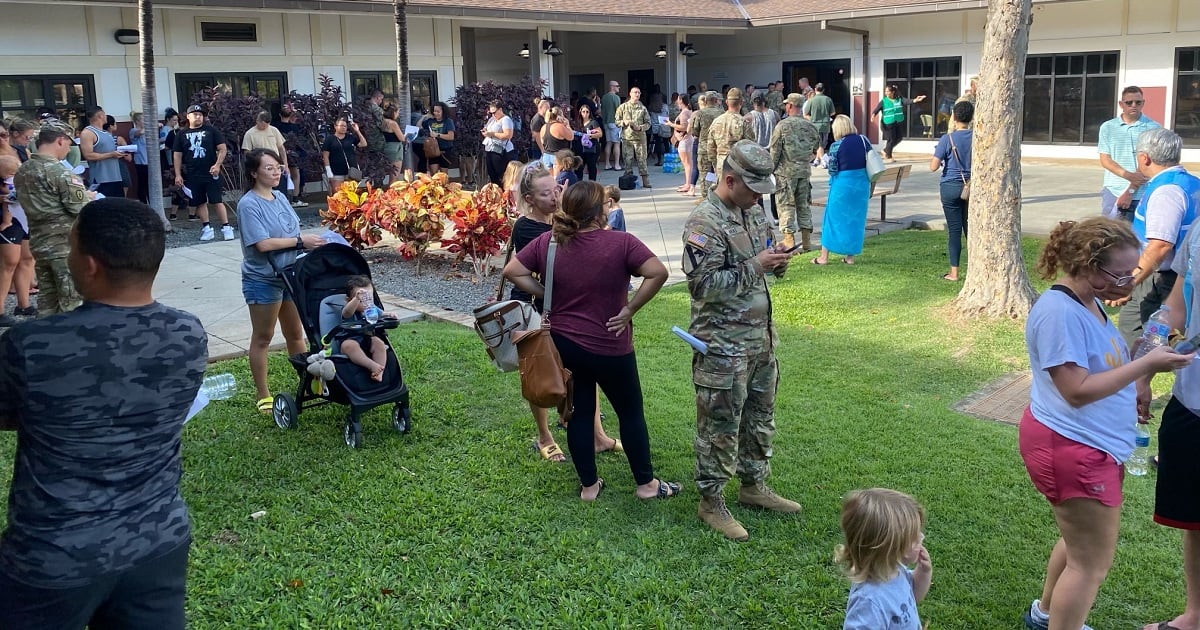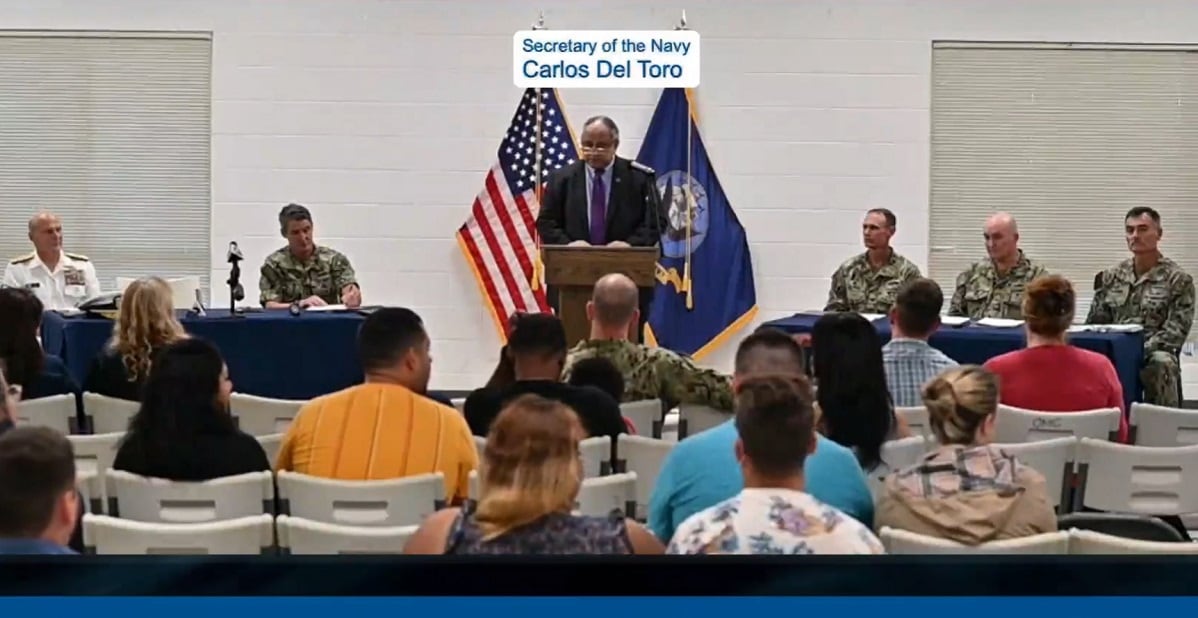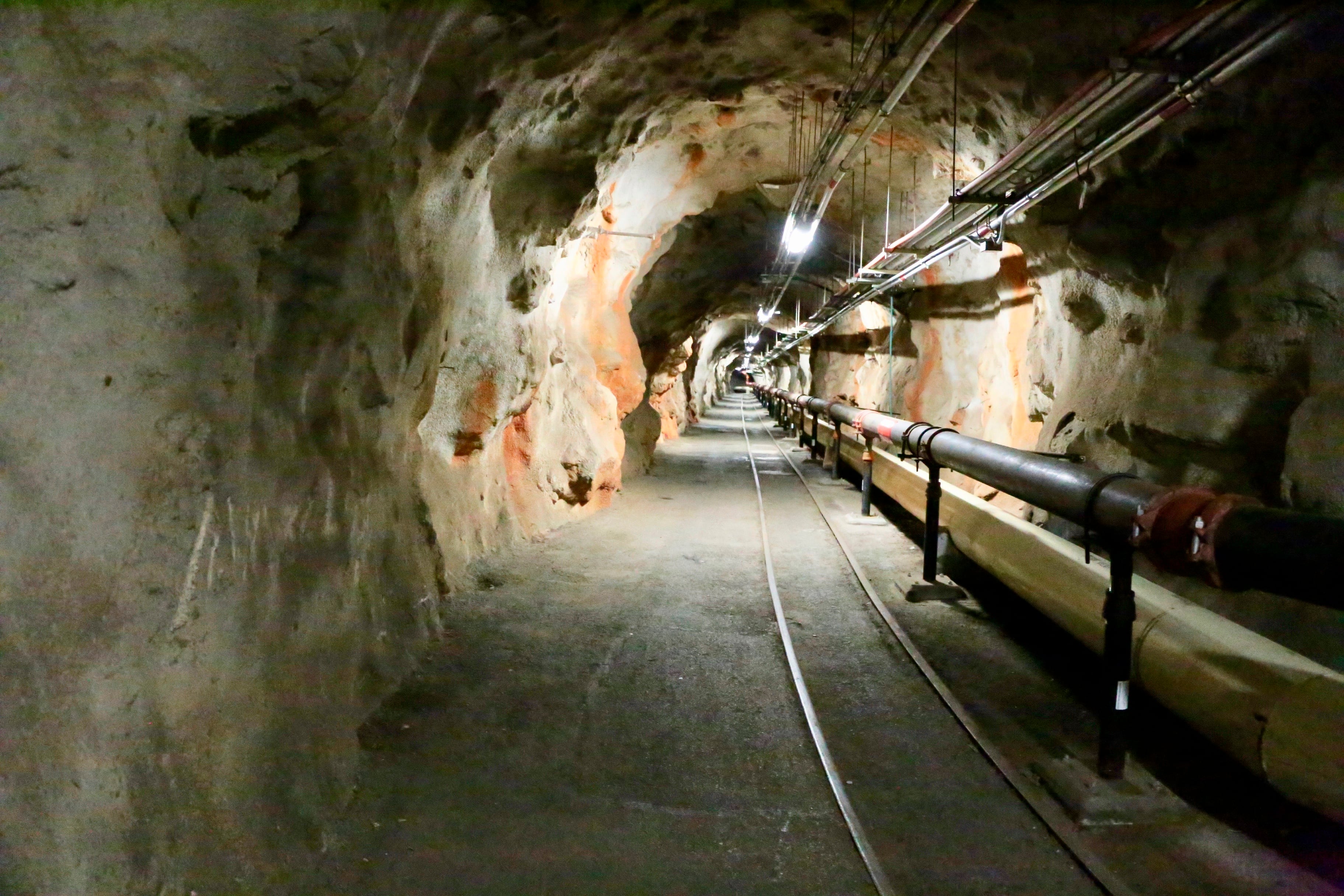All operations at the Red Hill fuel storage facility in Hawaii are on hold until U.S. Pacific Fleet wraps up its investigation into how petroleum got into the Navy’s water system.
Secretary of the Navy Carlos Del Toro on Wednesday ordered the suspension of operations at the storage tanks until the investigation ends and the continued isolation of the Red Hill and Halawa wells the Navy operates.
Those wells will remain isolated until the “water distribution main and all affected homes and buildings have been flushed or isolated, tested, and can be supplied with water that meets EPA drinking water standards,” the memo said.
“The safety, health and well-being of our service members, civilians, contractors, their families and our communities here in Oahu is of the utmost importance to me,” Del Toro said, according to a Navy news release. “This is not acceptable and the Department of the Navy will take every action to identify and remedy this issue. We will continue to coordinate with federal, state and local entities to restore safe drinking water to the community.”
“We are aiming for a new normal: One where this never happens again,” Del Toro said. “The Department is determined and committed to making the necessary changes. We can and will take care of our people, while also preserving and protecting our national security interests in the Pacific and at home.”
RELATED

The Red Hill well was shut down Nov. 28 following reports from residents that their water smelled like fuel, but service officials initially said the water was safe to drink and use. It wasn’t until Dec. 3, after water samples were sent to mainland laboratories, that testing revealed the presence of petroleum products.
Even so, the Navy informed Hawaii officials it was contesting a state order demanding that the suspension remain in effect until independent evaluators can ensure that appropriate actions are taken to protect drinking water.
State officials want the Navy to treat contaminated drinking water and remove fuel from the massive 20 underground storage tanks at the complex called the Red Hill Bulk Fuel Storage Facility.
In response to the memo, Hawaii’s deputy director of environmental health said state officials appreciate the Navy’s suspension of operations but that an independent analysis of the situation is still needed.
The Navy’s water system serves about 93,000 people in and near Pearl Harbor and nearly 1,000 military households have complained about their tap water. The system serves five Navy, three Air Force and two Army housing communities.
Within Joint Base Pearl Harbor-Hickam, there are about 7,000 housing units for families from all the service branches. Of those, about 1,400 are in areas that have been affected by these water issues, said Chuck Anthony, spokesman for the joint base.
Some residents said they suffered ailments such as cramps, rashes, vomiting, headaches and more after drinking it. Many others worry about the short- and long-term health consequences.
The testing last week showed the presence of petroleum in water that comes from a well near the underground fuel tank complex, which has been identified as the source of multiple fuel leaks over the years.
RELATED

The commander of Joint Base Pearl Harbor-Hickam, Hawaii, issued an apology Sunday for initially claiming the water was not contaminated.
“It is with great sadness that I stand before you today,” Navy Capt. Erik Spitzer wrote in a Dec. 5 post on the Joint Base Pearl Harbor-Hickam Facebook page. “Our families are suffering, and I am beyond grieved to know that I contributed in any way to their suffering by my words.
“If there was one day I had a chance to do over, it would be that day,” Spitzer wrote. “The words used in my notification were not the compassionate and validating words I wish were used, and I regret I did not tell our families not to drink the water. I am deeply remorseful. My apologies to you all.”
The Associated Press contributed to this report.





